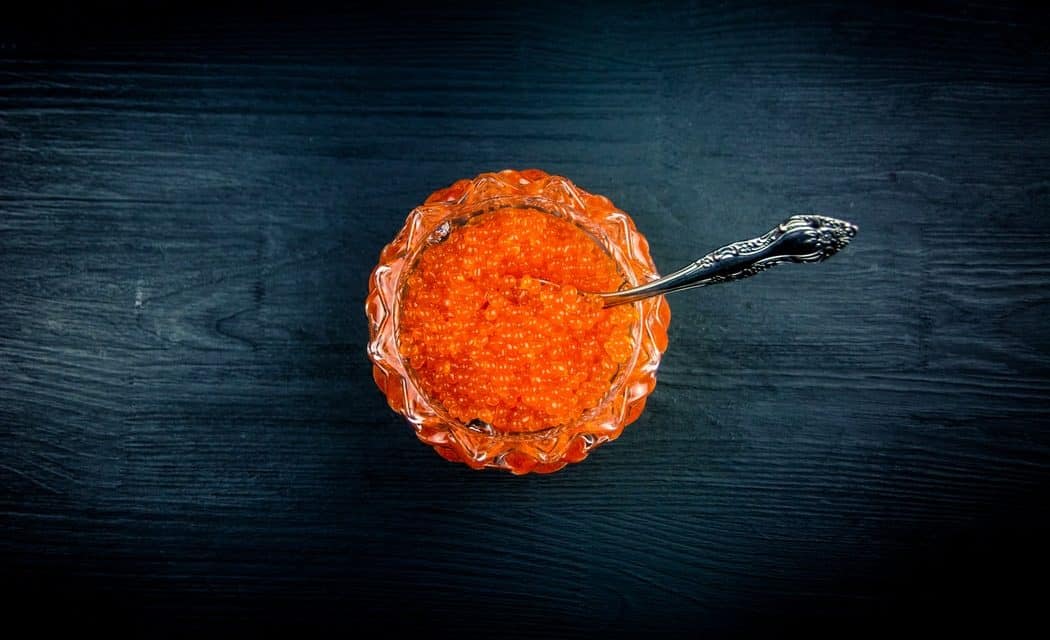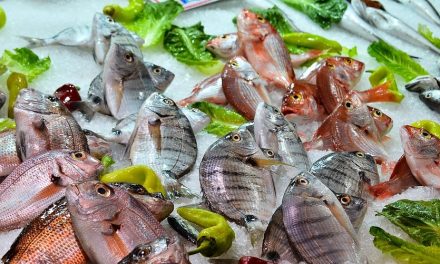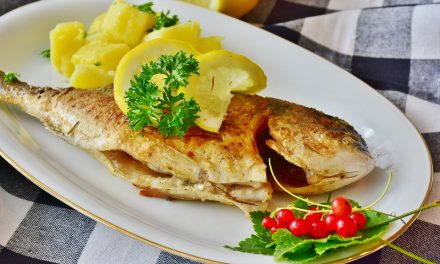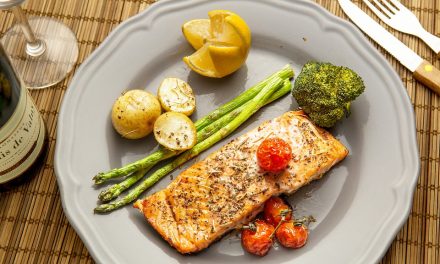Caviar is a food with a stereotype. The word conjures up visions of affluent individuals at fancy restaurants believing that eating expensive fish eggs is a status symbol. So why is this a thing, and what fish do we get caviar from?
Caviar is literally just salted fish eggs. The fish most associated with caviar is the beluga sturgeon from the Black Sea region, and the eggs of this fish are considered the “true” caviar. The roe (eggs) of many fish can be used as a caviar substitute, but those most often used are paddlefish and salmon.
History of a Snack
Since antiquity, the roe of the lowly sturgeon has been considered the food of kings. The word caviar comes from the Persian word khav-yar, which means roughly “cake of power”, and the food was believed to have medicinal powers. Aristotle mentions the appearance of caviar at a banquet as a celebrated event.
During medieval times kings would reserve all sturgeon for themselves to protect their supply of thus elite treat. Later, the Russian Czars would elevate caviar to the snack of choice for emperors, making it a fashionable status symbol for the wealthy.
The elevation of caviar to a status symbol increased demand for the product, and over the years the sturgeon of the Black Sea was fished to near extinction. Enterprising Americans began to export caviar from native sturgeon in the 1800s. At this time in history, caviar was a cheap snack found in American bars. Most of this exported caviar was repackaged and labeled as Russian caviar, then imported back into the USA and sold at a premium to unsuspecting consumers.
But, all good things come to an end. The US sturgeon population tanked in the early 20th century, forcing caviar lovers to look to other fish to get their fix.
Enter the Paddlefish
Paddlefish, otherwise known as spoonbill, are bottom-dwelling fish native to the central United States, specifically Oklahoma, Missouri, and Arkansas. This prehistoric behemoth will have up to ten pounds of roe in a forty-pound fish during the spawning season.
How to Catch
Paddlefish do not go after lures or bait like a typical fish but have to be snagged instead. Anglers in Oklahoma are allowed one rod with one single or treble hook on it. This rig is dragged across the bottom until a spoonbill is snagged. A co-worker used to catch them and said it was like pulling a tire off the bottom to get it to the boat. If you are going to release the fish, it is important not to lift it up out of the water as paddlefish have a skeleton of cartilage, and lifting them from underneath can crush their organs.
A Regulated Fishery
To prevent overharvest of this valuable fish, the state of Oklahoma limits the days of the week when spoonbill can be kept (catch and release only on Mondays and Fridays) and caps the yearly harvest at two fish per person per year. In Missouri, the limit is two per day with no yearly limit.
To prevent market fishing, both Missouri and Oklahoma limit the amount of roe kept from each fish to three pounds. This is also the possession limit, and the eggs must stay in the fish until you reach your home. Once you have removed the roe from the fish, it becomes illegal to transport.
If you are fishing in Oklahoma on Grand Lake, you can donate your roe to the paddlefish research center. They will remove the egg sacks, then fillet and package the fish for you. The caviar is then sold to corporate buyers, and the money is used to fund conservation work.
Other Choices
Both salmon and whitefish roe are used to make less expensive caviar. Both of these fish produce caviar that is not nearly as mild as sturgeon or even paddlefish but is still good. Almost any fish egg can be made into a caviar substitute and have similar health benefits.
Using the Harvest
To make your own caviar, start by taking the egg sack and rub it on a screen-like surface to separate the eggs. Then rinse the eggs in saltwater and drain. Weight the pile of eggs and add three to three and a half percent of the total weight in coarse sea salt. Stir for ten minutes or so then pour off any excess moisture and put into tightly sealed jars in the refrigerator. It should last several weeks without freezing.
Conclusion
Caviar may be the snack of kings, but American fisheries put it within reach of every man. And while catching a Beluga Sturgeon may not be in the cards for most of us, we can still enjoy a close substitute in the paddlefish. Those who do not live in a state with a paddlefish population can make do with salmon, whitefish, trout, and others and not have to deal with the legal hassle.
- 10 Types of Fish That You Should Never Eat - May 29, 2021
- What Fish Does Caviar Come From? - May 29, 2021
- How Fishing Has Changed Over Time: A Brief History - May 29, 2021






